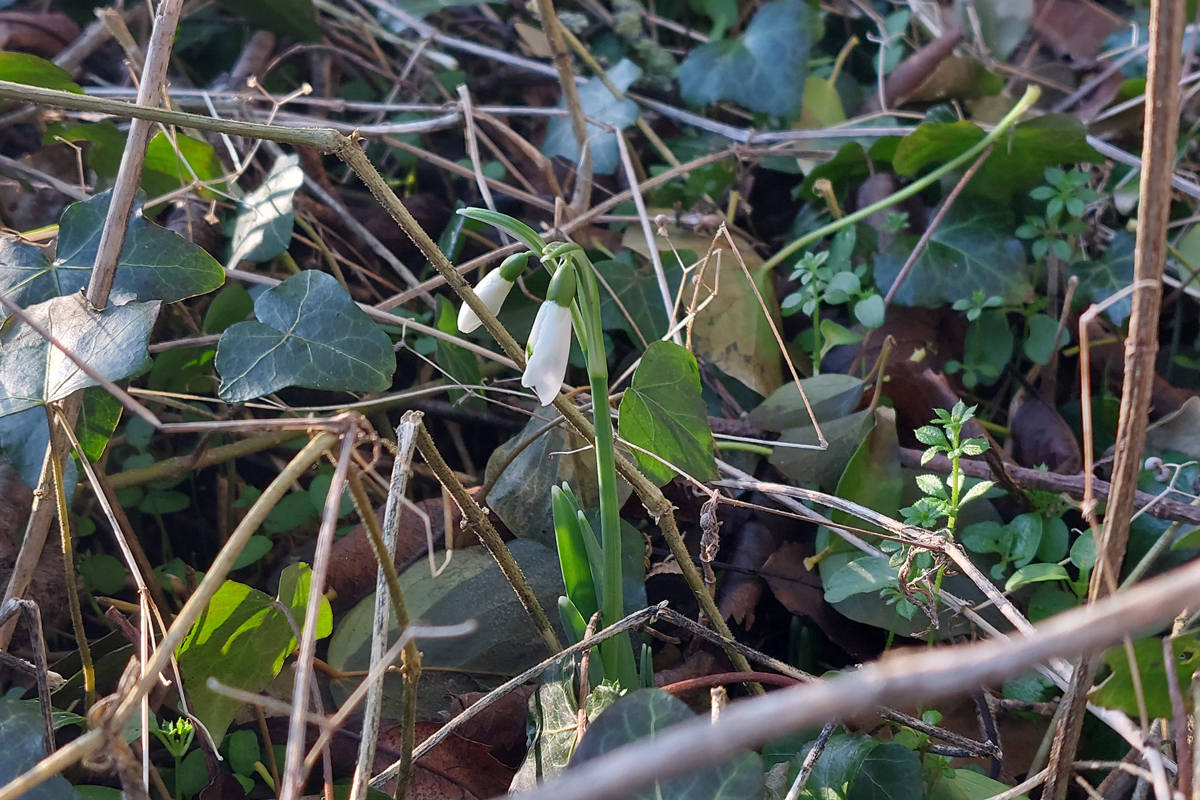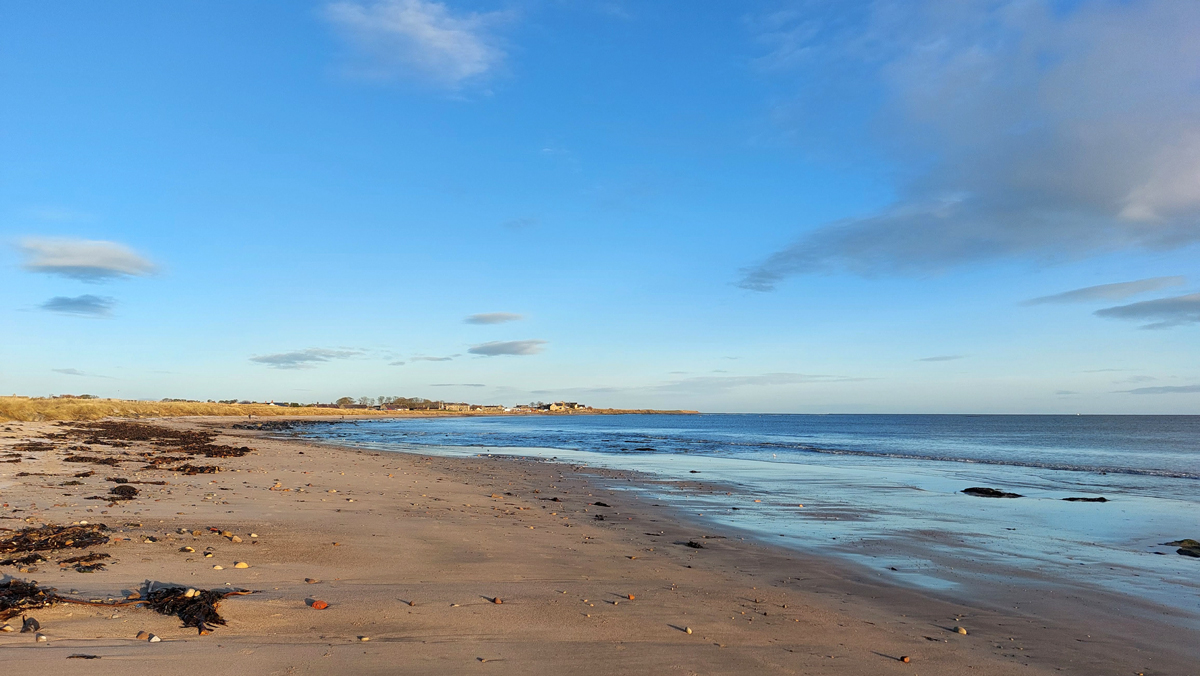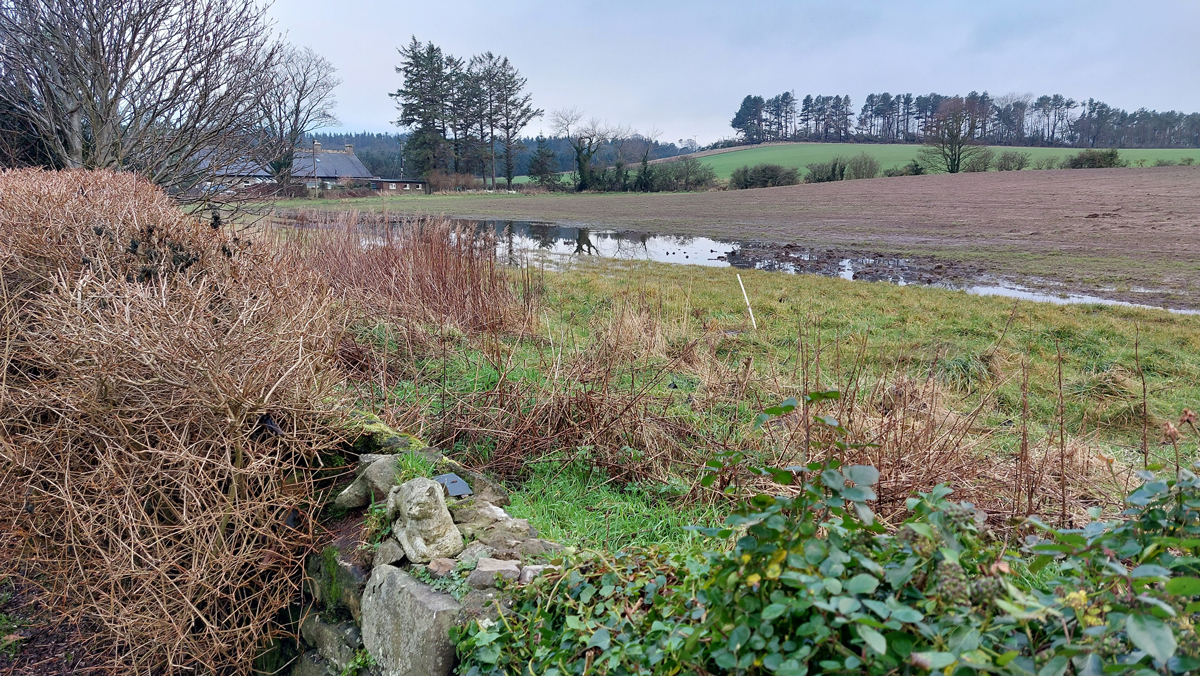According to the oracle that is Twitter, the majority of birders this year are
going to be either local or green or both. Long term readers of this blog
might remember I did my first on foot from home list (OFFH) back in 2010, 12
years ago. Since then I have decided that it is too easy to play the martyr
and forsake all others to prove a point so now, my annual routine for several
years has been a nice balance of both local birding with some variety too.
Four basic patterns are followed.
My local patch recording is done within a 1km radius of home mostly but I
consider a couple of kms either way north and south to be 'local' I tried the
5km radius last year and found it too much. It was starting to become a job
again where I was not allowed out for good behaviour. So that's gone by the by
this year. At least my home patch gets watched every single day of the year
unless I am away on holiday.
I also have a second patch all of 3km south, at Boulmer. Again this is an area
I have watched for even longer than my home patch with early visits in the 90s
and with a more concentrated effort since 2005. I treat it like a fair weather
friend that is visited weekly or if the weather dictates.
Then we have the rest. If the coast is busy or the weather is clear and
birding quiet we cover several 'inland patches' for a whole range of
biodiversity from Fungi to Spiders. This wider picture is described well here
- Steve Gale's 'Uber Patch'...

|
|
Ive posted this image before, but here is the extended or 'Uber Patch'.
|
The final bit of the puzzle is a confession that yes I do like a county twitch
and even a bit further too if it takes my fancy, which is, its fair to say,
quite rare these days, but I never rule it out. A Pallas's Sandgrouse in
Yorkshire would certainly fire up the Quattro...
2022 will be made up of a smorgasbord of these things, in that order.
To avoid the crowds the Uber called on Sunday morning and delivered too...
A good hike on the moors turned up some nice birds to start the year...
On arrival, several flocks of Redwings flushed out of roosts in
battered flat conifer plantations first thing. The devastation in these upland
woods from Storm Arwen is amazing. It might even have done some good to the
dark monoculture, allowing light in to the areas and in future they will be
clear felled.
Mistle Thrush was in full song as were a few male
Crossbills with a dozen being seen. 3 Ravens included a
displaying bird trying to fly upside down then snapping the tops off the
remaining upstanding pines.

|
|
Raven, trying to take greenery from the pine tops.
|
After trying unsuccessfully to navigate a normally open track through the the
wood due to a Grand National type blockage of fallen trees making countless
'fences' we eventually made it out on to open moor. John came up with the
double here. While standing trying to get our breath back he noticed this,
small
Scarlet Caterpillar Club fungi emerging from the grass. It doesn't look
much but is quite sinister in its ecology as it is growing out of the body of
a caterpillar or pupa it has infected, below the grass. The first I've seen.

|
|
Scarlet Caterpillar Club fungi.
|
As I tried to get a shot in focus with my phone, above, John called
again -
Hen Harrier, grey male! Up onto my feet and I had missed it over
the brow of a hill, but it soon drifted back over, giving us a distant view as
it skirted up the rise to eventually vanish from sight. Its always a good
morning when it involves a Hen Harrier. I did not release news of this bird, and
forgive me, but will not be giving a location here either.

|
|
Distant and into the light etc, but it is a male Hen Harrier so who
cares!
|

Onwards beyond the next plantation where more Crossbills are dotted
about, never seen well enough for a photo, but a juv male
Peregrine came very close, if only I was quick enough to get the camera
off my shoulder. A nice dark streaked, black hooded bird with an over all
brown colouring, it was seen twice on our walk. Kestrel and
Buzzard were also seen.
Down on another newly cleared area a flock of 13 Lesser Redpolls fed on
heather seeds between the stumps as did these three nice Bullfinches to
brighten the day.

|
|
Bullfinch Christmas tree.
|
A good Sunday morning trip out, not on patch, granted, but not another
human was seen ( always good) and some good birds all within that Uber patch
above...
























